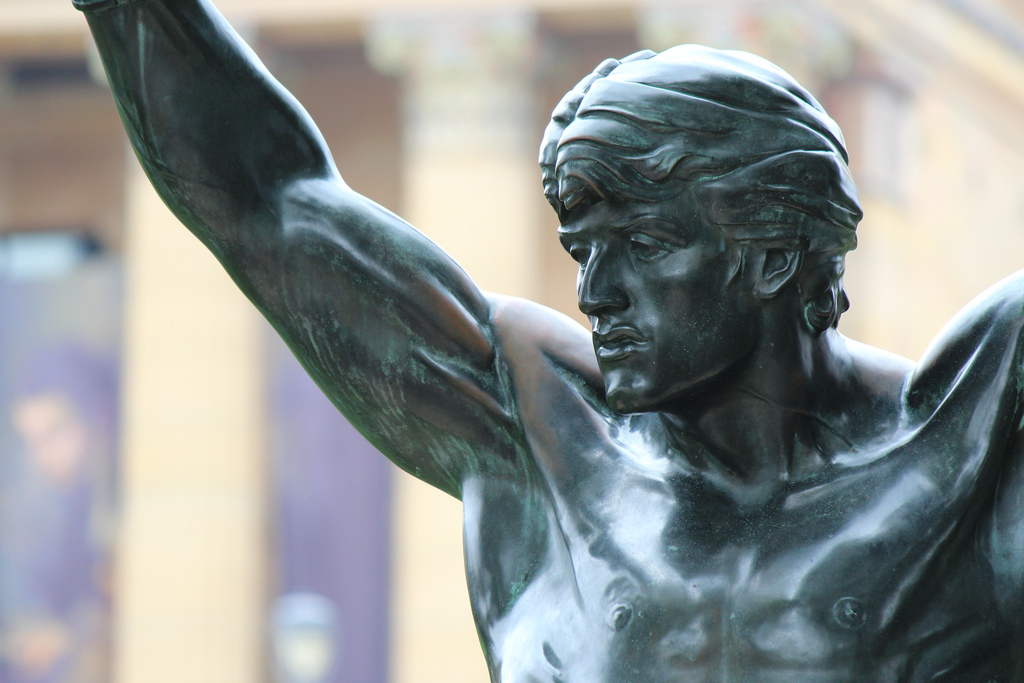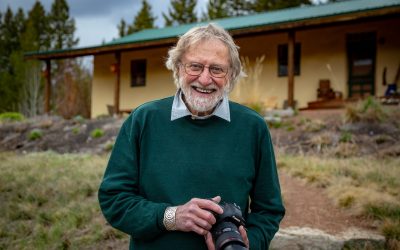Today, DMOs are called upon to be content strategists, employing writers, photographers, web strategists, technologists and more. To hear Caroline Bean, Director of Social Media at Visit Philadelphia describe it, content is the lifeblood of her organization’s marketing: “We have always invested in content. If our budget was cut so much tomorrow that I could never afford another Facebook app or something fancy, and the choice was between photography for the year or some special work, I would choose photography because that makes our everyday work so much easier.”
At the helm of Visit Philadelphia’s social media efforts, she works to integrate social media strategy into every campaign and has helped to establish Philadelphia’s voice to consumers on visitphilly.com and uwishunu.com. She is part of a team that has won 55 industry awards, including a PR News NonProfit PR award for the With Love, Philadelphia XOXO® social media campaign and two SMITTYs (Social Media in Travel + Tourism Award) from Travel + Leisure.
So how does content move through Bean’s DMO? Carefully and consistently, and with a commitment to a content marketing strategy and robust, ongoing measurement.
Here is a look at how Visit Philadelphia creates incredible and engaging content:
How they work – Visit Philadelphia (VP) has an Internal Communications team made up of editor, writers and photographers. “The web team are also content producers themselves,” says Bean. “They are writers and they hire writers.”
The communications team manages press releases, round-ups and other items pertinent to the media, which then form the basis of content for website pages and blog articles.
How they communicate – Calendars are essential for Bean’s team, and they rely on Google Drive documents and spreadsheets, including multiple shared content calendars. This prevents overlap, as do weekly content meetings.
What makes for great content?
Visit Philadelphia’s content objective is to drive web traffic. “Great content is a conversion machine because it gets people to spend more time on the site, and check out more things to do,” says Bean. VP does this by prioritizing:
Large, good quality photos – VP commissions content and photography based on what people are searching for, not for what they think visitors need. “If everyone’s coming to our site to look for cheesesteaks,” says Bean, “we’re going to [book a photographer to] make the cheesesteaks look darn good.” And she’s serious, too: she once hired a professional food photographer for a “Sandwich Hall of Fame” article. The end result? The post had three times the average engagement.
A diversity of content that they constantly experiment with. No content stone is left unturned. VP runs round-ups, guides, lists, maps, news, accolades, and articles that are timely or play into pop culture. When the Pope was rumoured to visit, the team mocked up an image to use “just in case” and had it ready to go, as soon as the announcement was made. Being prepared meant maximum engagement.
Repurposing the most successful content in multiple ways. “Do the work the first time” so that you have “lots of meat to work with later,” says Bean. For long, list-heavy articles, your press team can splice it into various ways, and your web team can extract items from it for social posts. Good content can start big and be whittled down, or work in reverse: e.g. by taking a short listicle that’s popular, and turn it into a detailed blog.
How do they gauge content success?
“We really rely on analytics to inform the content strategy,” says Bean. It seems like an obvious point, but adjustments need to be made based what the numbers are telling you, not what stakeholders want. Visit Philadelphia does this via:
Google Analytics: Her team doesn’t just look at GA once in a while but reviews numbers week over week, month over month, seasonally (what worked last year?) and year over year, to help them make the best decisions.
Surveying their readers, fans and followers (both local and out-of-towners). Bean jots down question ideas throughout the year to put in these surveys, including asking readers’ their preference on article timings.
Experimenting with headlines and subheads or wording for calls to action in text (does “click through for…” work better than “read more”?), as well as other subtle elements.
Digging deep into native analytics on social channels like Facebook in order to determine not just which types of posts work best, under which themes (Shopping? Art?), but which elements outperform – do linked posts or posts with photos and a link work best on FB? (Answer: linked posts.)
This effort allows Visit Philadelphia to carefully examine how its content moves through its organization, from press releases to content-rich visitor websites to social media channels and back, and how data informs what works so that they can maintain high engagement and traffic and stay focused on content marketing for the years to come.
To hear more examples and see some Visit Philadelphia case studies, watch this video of Caroline Bean speaking in Nashville at Social Media Tourism Symposium (#SoMeT14US) below.
Featured image credit: Shinya Suzuki, Flickr










Thank you for this article!
I have been in Philadelphia when I was in holidays and it was an amazing experience! I visited a lot of places and did a website about it with some articles 🙂